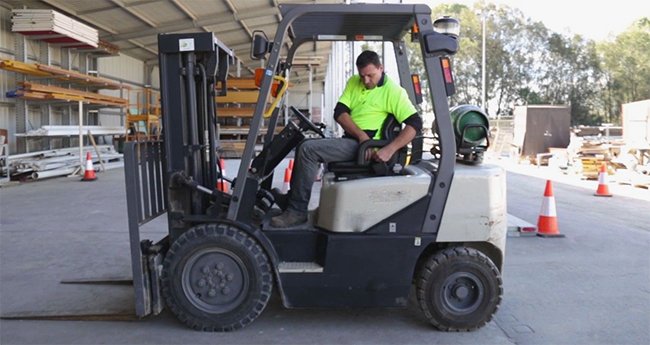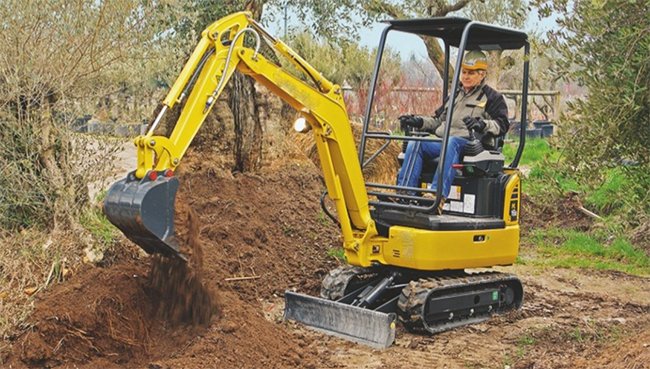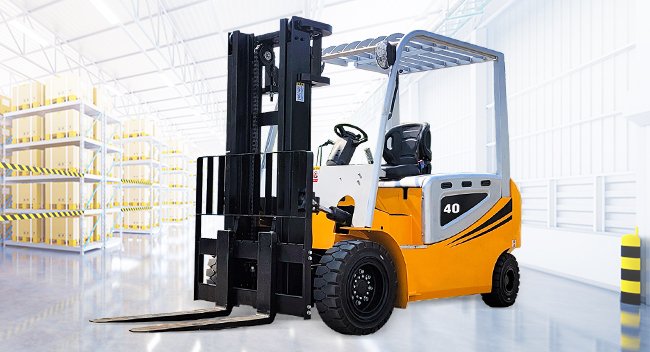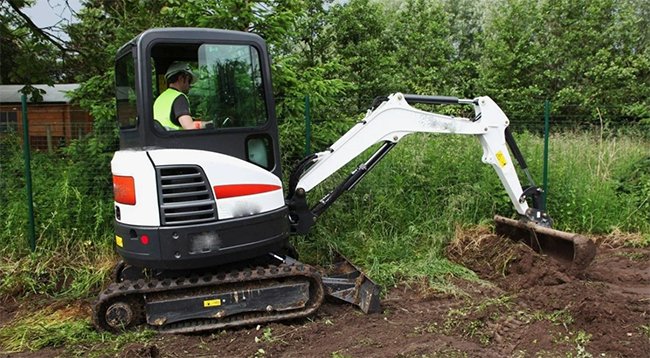Categories
Recent Comments
Author: ADMIN JACK
THE ROLE OF ELECTRIC FORKLIFT IN CARGO TRANSPORT
Electric forklift trucks play an important role in the logistics transportation of goods in various aspects, which are mainly reflected in the following aspects: 1. Improvement of loading and unloading efficiency: – Electric forklift trucks have an electric drive system that makes their operation easier and more convenient, and they do not require personnel to carry out physical labour, which greatly improves the operational efficiency. 2. – Can quickly move the goods to the designated location, reducing the waiting time of the goods in the loading and unloading process. 2. Ensure the safety of goods: – Electric forklift trucks are equipped with stable forks and safety devices, which can effectively protect the goods from damage. – The operation stability of electric forklift is high and it is not easy to have accidents, thus ensuring the safe transport of goods. 3. Improve space utilisation: – Electric forklift trucks are able to move and stack goods flexibly to achieve vertical storage and three-dimensional management. – This feature can maximise the use of warehouse space, saving rent and operating costs for logistics companies. 4. Enhance corporate image: – Electric forklift adopts advanced technology and design, with beautiful and generous appearance and good performance. – The use of electric forklift trucks can show the modern image and efficient operation ability of the enterprise, which helps to enhance the image and credibility of the enterprise in the eyes of customers. 5. Promote the development of the industry: – With the increasing awareness of environmental protection and the continuous progress of technology, electric forklift trucks have gradually become the mainstream in the process of replacing traditional fuel forklift trucks. – The application of electric forklift trucks promotes the green and intelligent development of the logistics industry, and brings more benefits and convenience to enterprises and the society. To sum up, electric forklift trucks play a vital role in the logistics transport of goods, which not only improves the loading and unloading efficiency and guarantees the safety of goods, but also enhances the space utilisation rate and corporate image, and promotes the progress and development of the whole logistics industry.
HOW TO MAINTAIN SMALL EXCAVATOR TRACKS
1. Check track tension. METHOD: Park the excavator on a flat, hard surface. Measure the amount of track sag (usually by stepping on it or pressing it down with a stick) at the centre of the lower part of the track plate between the guide pulley and the sprocket. Refer to the equipment operator’s manual for standard values (usually around 30-50mm for small excavators). 2. Remove foreign objects. Focus area: around the drive wheel ring, guide wheel, carrier wheel, support wheel and the gap between the track plates. Hazards of foreign objects: Dirt, stones, wood, metal wires, etc. will cause abnormal wear, accelerate the deterioration of rubber parts (rubber tracks), increase the travelling resistance, and even damage the seals and lead to oil leakage. 3. Visual inspection. Track plate: whether there are cracks, breaks, excessive wear (especially at the drive wheel engagement), bending and deformation. Check for loose or missing bolts (bolt-on tracks). Track pins/bushings: for signs of excessive wear, oil leakage (lubricated tracks), breakage. Drive wheel teeth: for chipped teeth, excessive wear, abnormal wear (e.g. one-sided wear). 4. Lubrication (for lubricated tracks). Importance: For tracks that require lubrication (usually with grease nipples), regular greasing will greatly reduce friction and wear between the pin and the pin bushing and extend the total life of the track. METHOD: Every 50-100 hours of operation (or as required by the manual), use a grease gun to inject the specified grease through the grease nipples on the track links until the old grease has been pushed out of the crevices. Be sure to clean the grease nipple before greasing! 5. Cleaning. Thoroughly clean the track system regularly, especially after working in muddy, salty or chemical-laden environments. Salt and chemicals can seriously corrode metal parts. 6. Check and tighten bolts. Periodically check track plate attachment bolts, track guard bolts, etc. to ensure that they are tightened to the specified torque. Loose bolts can cause the track plate to shift, break or the bolt itself to break.
ELECTRIC FORKLIFT GREEN PRODUCTION: A TREND, THE FUTURE IS PROMISING
In recent years, with the enhancement of environmental awareness and the promotion of the ‘double carbon’ goal, green manufacturing has become an inevitable trend of the transformation and upgrading of the manufacturing industry. As an important equipment in the field of logistics and handling the green production of electric forklift trucks has also attracted much attention. Advantages of Green Production of Electric Forklift Compared with traditional internal combustion forklift, electric forklift has significant advantages such as zero emission, low noise, energy saving and environmental protection, which is the ideal choice for green logistics. The green production of electric forklift is not only reflected in the environmental protection in the use of the link, but also throughout the entire product life cycle, including: Raw material selection: adopt renewable and recyclable environmentally friendly materials to reduce environmental pollution. Production process: Apply clean production technology to reduce energy consumption and pollutant emissions. Product design: Optimise product design, improve energy efficiency and extend product life. Recycling: Establish a perfect recycling system to realise the resourceful use of waste batteries and the whole machine. Challenges of Greening Electric Forklift Production Although the greening of electric forklift production is promising, it is also facing some challenges: Cost pressure: The application of green materials and clean production processes will increase the production cost and challenge the profitability of enterprises. Technical bottlenecks: Battery technology, motor technology and other key technologies still need to break through to further enhance the performance and range of electric forklifts. Incomplete recycling system: the current electric forklift recycling system is not perfect, the recycling of waste batteries and the whole machine has certain difficulties. Suggestions for Promoting Green Production of Electric Forklifts In order to promote the green production of electric forklift, it is necessary for the government, enterprises and all walks of life to make joint efforts: Government level: To issue relevant policies and regulations, encourage enterprises to carry out green production, and increase investment in green technology research and development. Enterprises: Actively fulfil their social responsibility, increase investment in green production, research and development and production of more environmentally friendly electric forklift products. Social level: Increase public awareness of environmental protection and encourage consumers to choose green electric forklift products.
SMALL EXCAVATORS IN THE OIL AND GAS EXPLORATION INDUSTRY APPLICATIONS
In the process of oil and gas extraction, a large number of pipelines are needed to transport oil and gas. Small excavators can locally excavate and adjust the pipelines without destroying the overall pipeline layout. For example, when a pipeline needs to be repaired or a part of the pipeline section needs to be replaced, the small excavator can accurately excavate the soil around the pipeline so that the pipeline is exposed and easy for workers to operate. For newly laid pipelines, the small excavator can dig the pipeline trench according to a predetermined route. It is able to work flexibly in complex terrain conditions, such as mountains and hills, to ensure that the depth and width of the pipeline trench meets the project requirements and provides a foundation for the safe laying of the pipeline. Site levelling and infrastructure construction Oil and gas extraction sites require the construction of various infrastructures, such as petrol stations, compressor stations, valve chambers and so on. Small excavators can be used for site levelling during the construction of these facilities. It can quickly clear the site of weeds, trees and irregular terrain, creating good conditions for subsequent building construction. After the infrastructure construction is completed, small excavators can also be used for the construction of drainage systems in the neighbourhood. By digging drainage ditches, it ensures that rainwater and possible oil pollution can be discharged smoothly, avoiding the infrastructure from being soaked by stagnant water or contaminated. II. Oil well field station operations Wellhead Equipment Installation and Maintenance At the wellhead of an oil well, there is a lot of complex equipment to install and maintain, such as oil extraction trees and blowout preventers. A small excavator can assist the crew in the installation of this equipment. It can carefully excavate a suitable space around the wellhead to place and secure the equipment. During maintenance, for some wellhead components that need to be replaced, the small excavator can help remove the old parts and prepare for the installation of new parts. When wellhead equipment breaks down and requires emergency repairs, the small excavator can quickly remove obstacles around the wellhead so that maintenance personnel can approach the equipment in time for emergency repairs, reducing the interruption time of oil and gas production. Tank and Vessel Cleaning Oil and gas extraction sites have a variety of tanks and containers for storing crude oil, chemical additives, and more. Over time, sediment accumulates at the bottom of these tanks and containers. Small excavators can clean the sediments from the bottom of the tanks and containers by using special too ls on their buckets, such as crushing hammers or buckets. This clean-up is essential to ensure oil quality and storage safety. During the overhaul or modification of tanks and containers, small excavators can also be involved in digging up the surrounding soil so that these large containers can be moved or replaced. Third, drilling operations to assist Drilling mud pool excavation and maintenance During the drilling process, a large amount of drilling mud will be generated, which requires special mud ponds for storage and disposal. Small excavators can be used to excavate the mud pool, according to the size and depth requirements of the drilling design, to quickly and effectively complete the construction of the mud pool. During the drilling operation, the small excavator can also maintain the mud pool, such as cleaning the silt and debris around the pool to ensure that the mud can be circulated and processed normally. When the drilling is finished, the small excavator can assist in sealing and reclaiming the mud pool. It can clean up the remaining mud in the pool and fill and level the pool to restore the land to its original state. Drilling Rig Spare Parts and Material Handling There are many heavy rig accessories and a large amount of construction materials at the drilling site. A small excavator can take on some of the handling tasks, especially if the site space is limited. It can use the digging bucket to carry the accessories such as drill pipes and drill bits to the side of the drilling rig, which improves the efficiency of the drilling operation. Meanwhile, for some small construction materials, such as cement, sand and gravel, the small excavator can also assist in transporting them to the designated construction site.
About Us
Shanding Group excavators are compact, high-performance machines known for their durability, precision, and reliability in both urban and industrial construction projects.

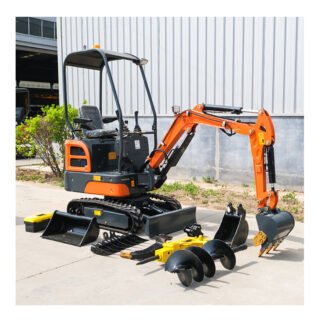
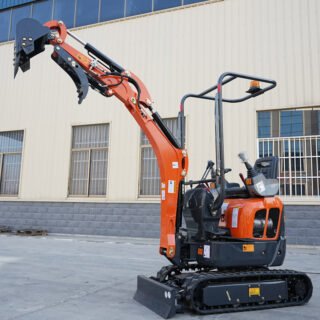
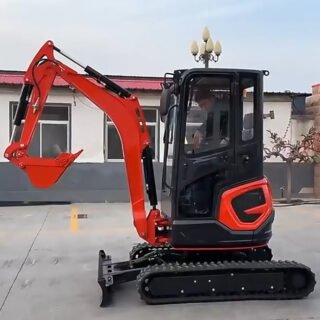
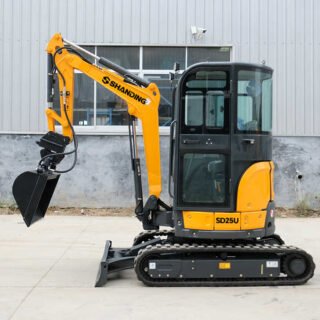
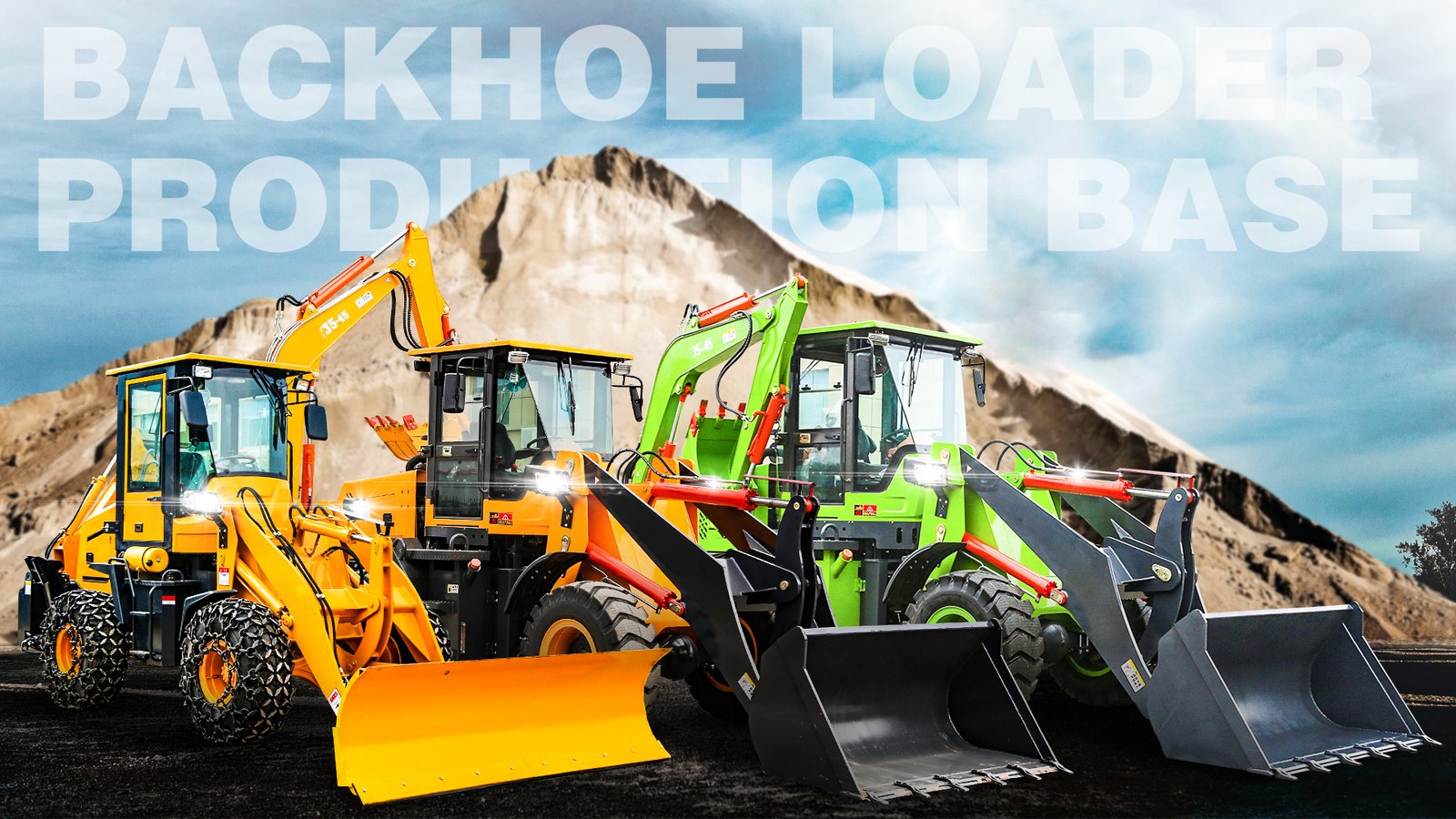 BACKHOE
BACKHOE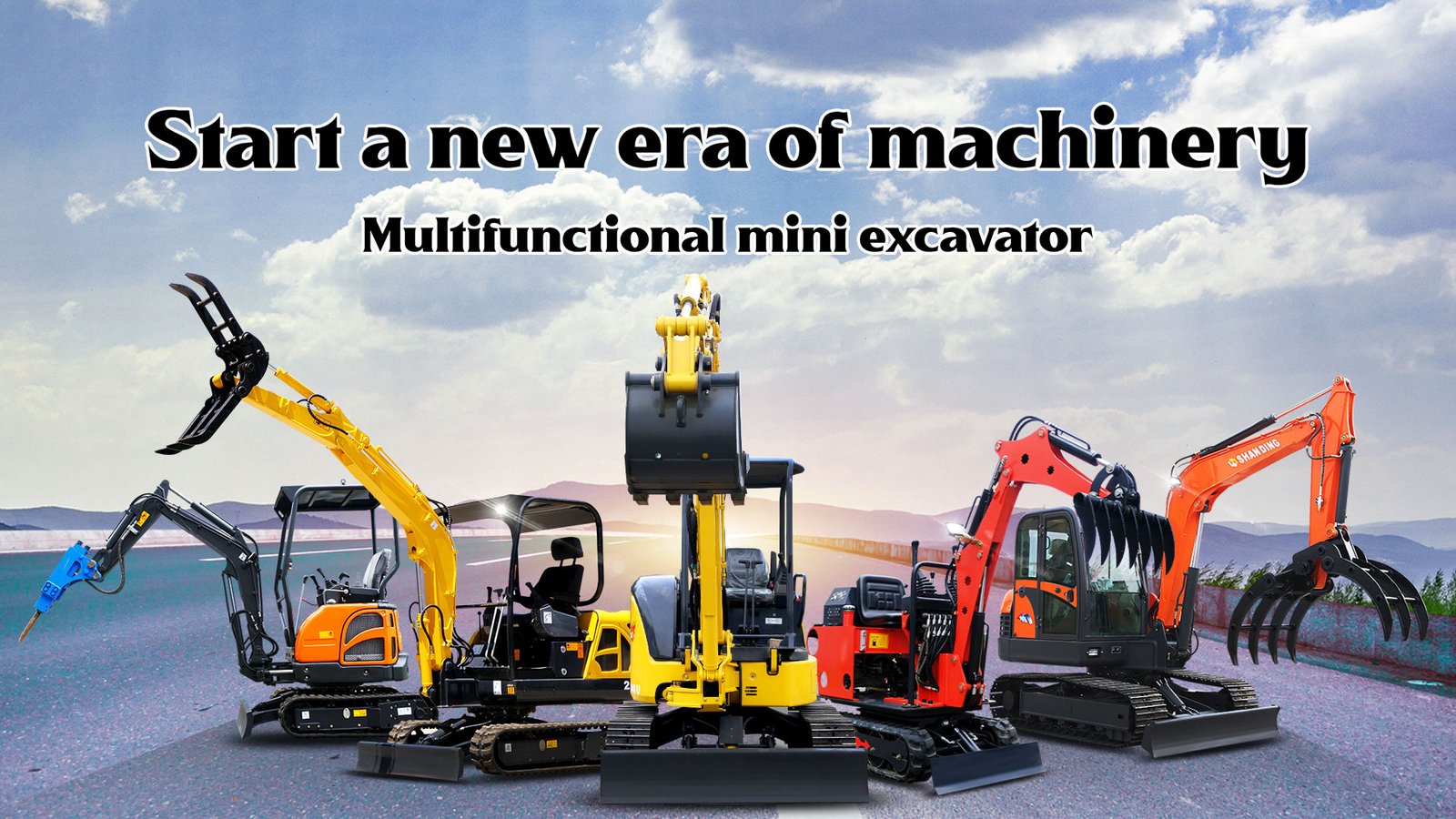 EXCAVATOR
EXCAVATOR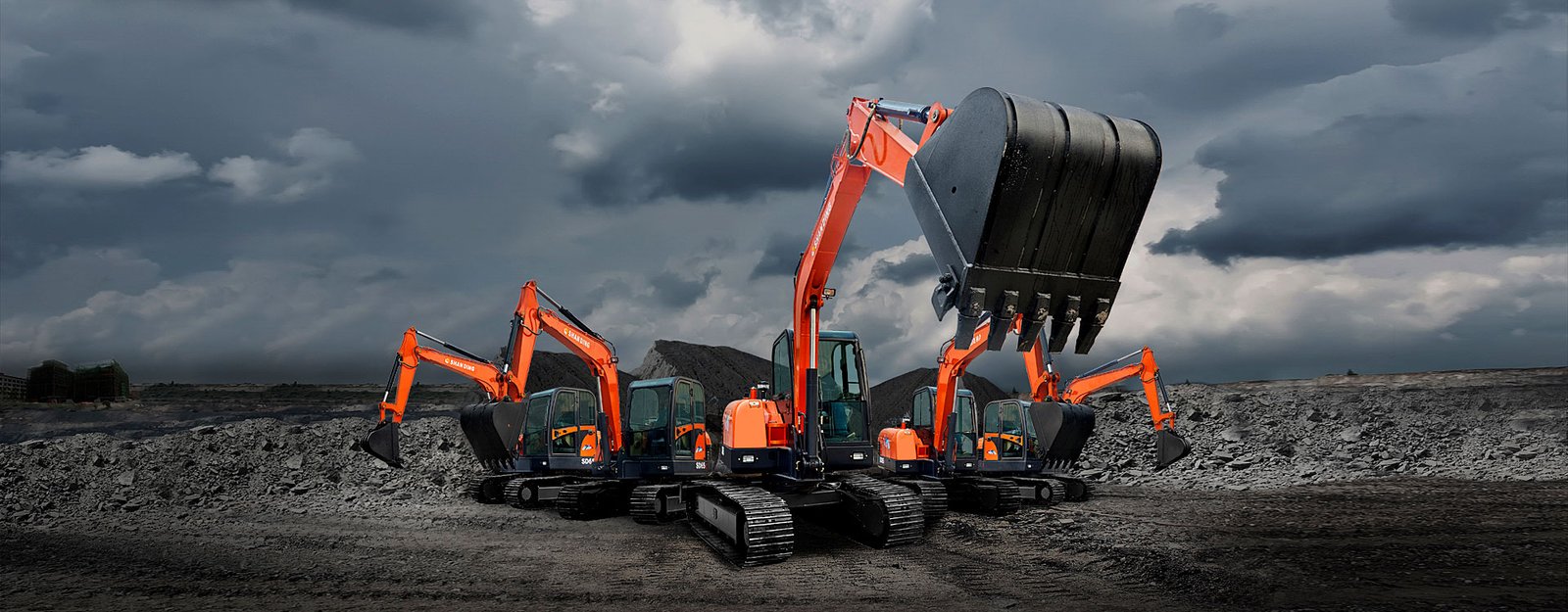 Big Crawler excavator
Big Crawler excavator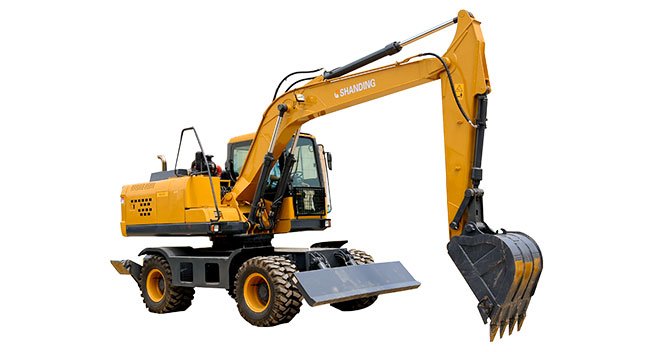 Wheel excavator
Wheel excavator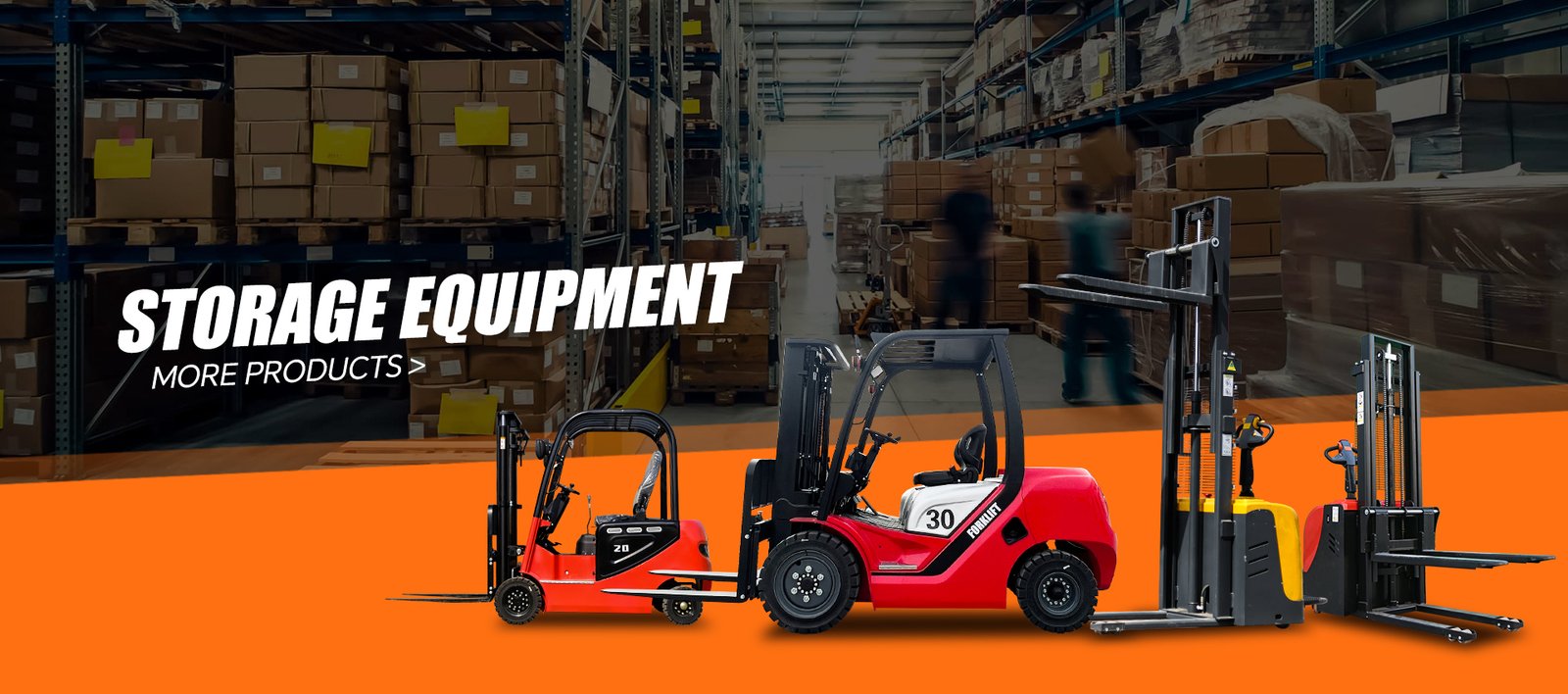 FORKLIFT
FORKLIFT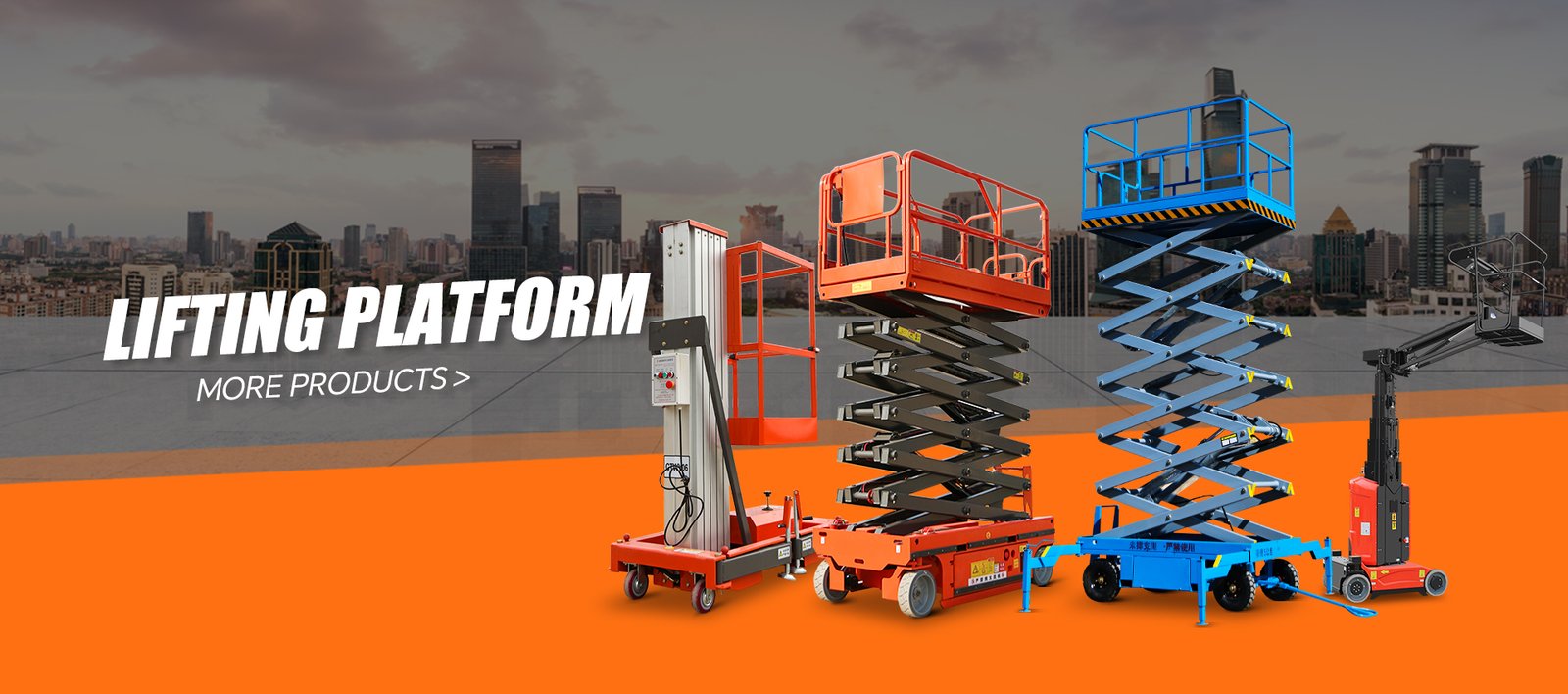 LIFT PLATFORM
LIFT PLATFORM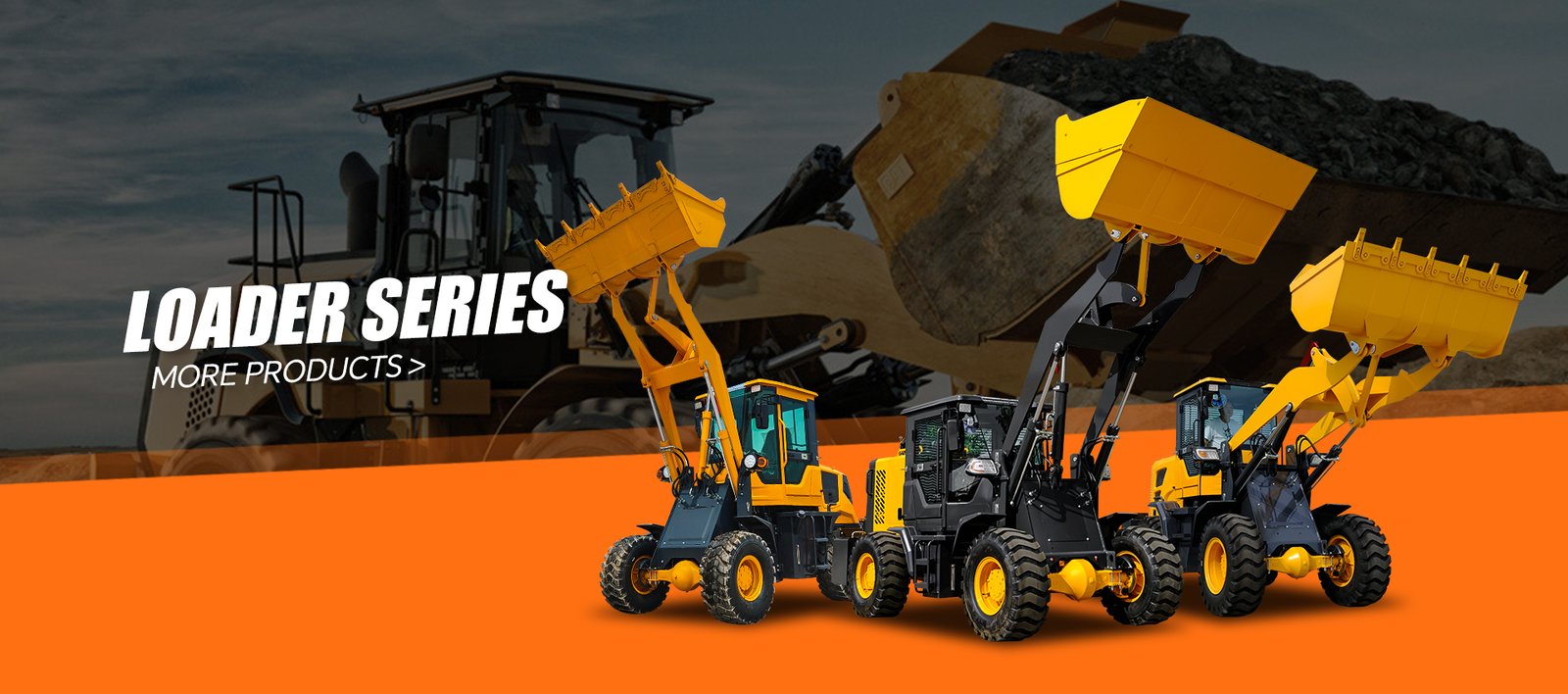 LOADER
LOADER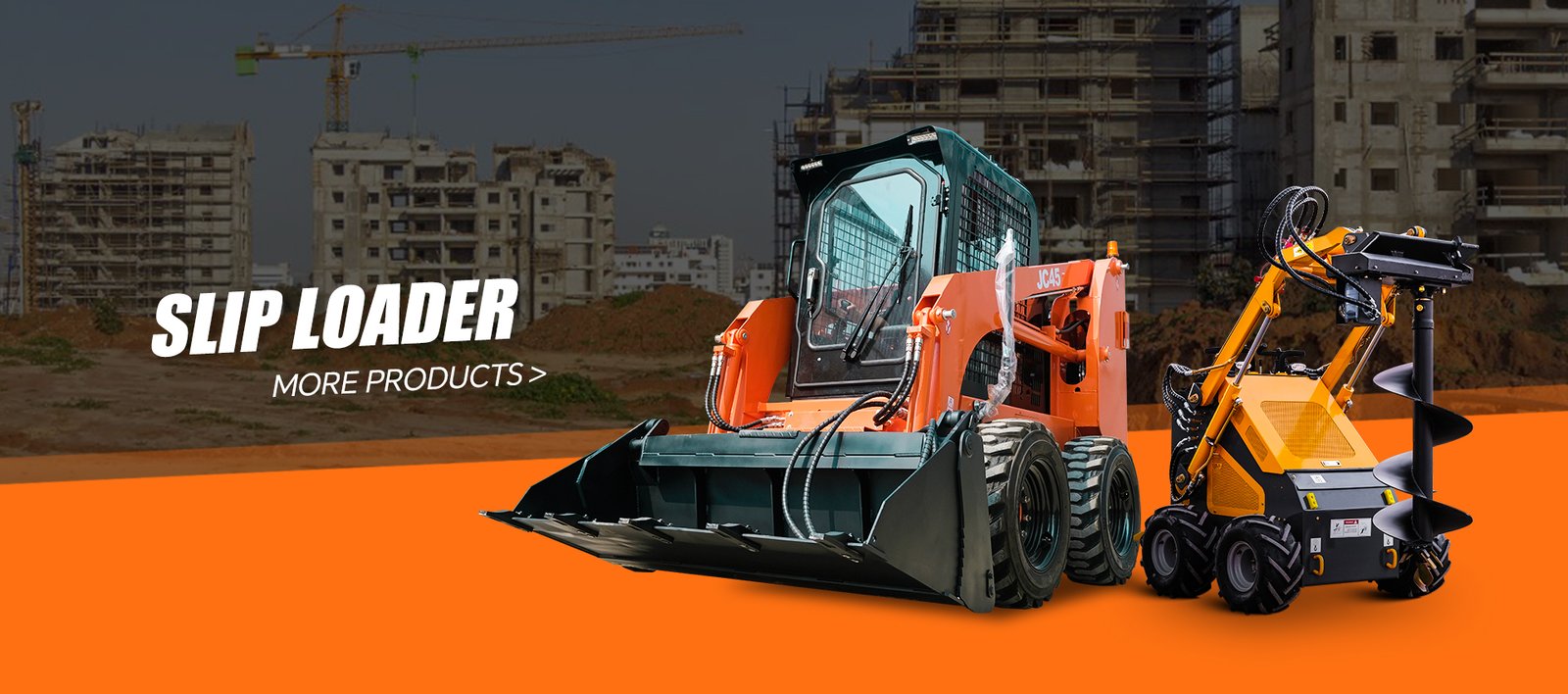 SKID STEER LOADER
SKID STEER LOADER
